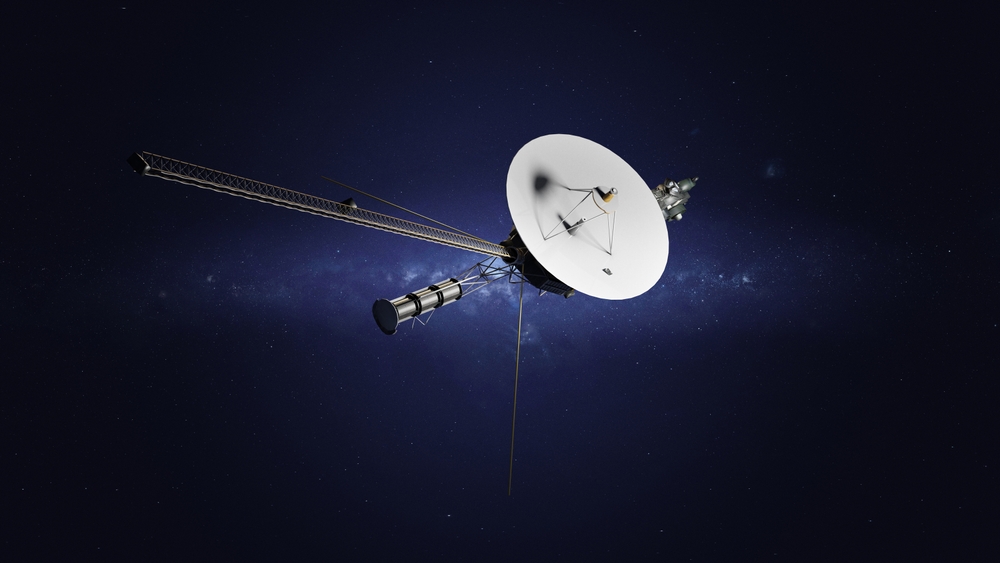Facing communication blackouts, failing engines, and the risk of explosion, NASA engineers executed a high-stakes fix on the Voyager 1.
Others are reading now
NASA has successfully repaired part of its Voyager 1 spacecraft, a mission-critical fix carried out nearly 25 billion kilometers from Earth — with a 46-hour communication delay and the constant threat of catastrophic failure.
Launched in 1977, Voyager 1 has been sailing through the void of interstellar space for more than 48 years, making it the most distant human-made object.
But in recent months, communication with the probe had become nearly impossible, prompting a desperate — and potentially explosive — fix.
“It was now or never,” said Kareem Badaruddin, head of the Voyager mission at NASA’s Jet Propulsion Laboratory (JPL), in a press release.
Also read
The Engines That Stalled for 20 Years
The problem began decades ago.
In 2004, a pair of primary roll control thrusters on Voyager 1 stopped working. The spacecraft, designed with multiple backup systems, switched to a secondary set of thrusters — ones that had since kept the probe properly oriented for 21 years.
NASA engineers had been content to leave the broken pair dormant, not expecting the mission to outlive them.
But with the backup system aging and the radio antenna used to communicate with Voyager undergoing months-long repairs, engineers realized they were on borrowed time.
To extend the spacecraft’s lifespan another two decades, they decided to attempt a remote reactivation of the original engines, knowing that if they got it wrong, the probe could spin out of alignment or even explode.
A Glitch, a Gamble, and a 23-Hour Wait
The team suspected the issue lay with a power supply switch in the primary engine circuit.
Their risky plan involved briefly powering down the currently functioning backup engines. If Voyager drifted too far from its stellar reference point while unprotected, the probe could autonomously trigger a correction burn using the broken engines. If those engines were still malfunctioning, that could mean a mission-ending explosion.
And since each command takes 23 hours to reach Voyager, with another 23 hours for confirmation, every decision required precision and patience.
Despite the risks, the fix worked.
“On March 20, we got confirmation that the primary thrusters had warmed up and were working again,” said Todd Barber, JPL’s propulsion lead for the mission.
It was a glorious moment. The team’s morale was very high that day.
An Unexpected Second Life
The success means Voyager 1 may now have enough control and stability to continue operating for years to come — possibly even into the 2030s.
These engines were considered dead. And that was a fair conclusion,” said Barber. “But one of our engineers had this idea that maybe it was due to a completely different cause and could be repaired. So it became another feverish rescue for Voyager.
With its twin Voyager 2 still operational as well, both spacecraft continue to provide valuable data from beyond the solar system — a place no other spacecraft has ever reached.


